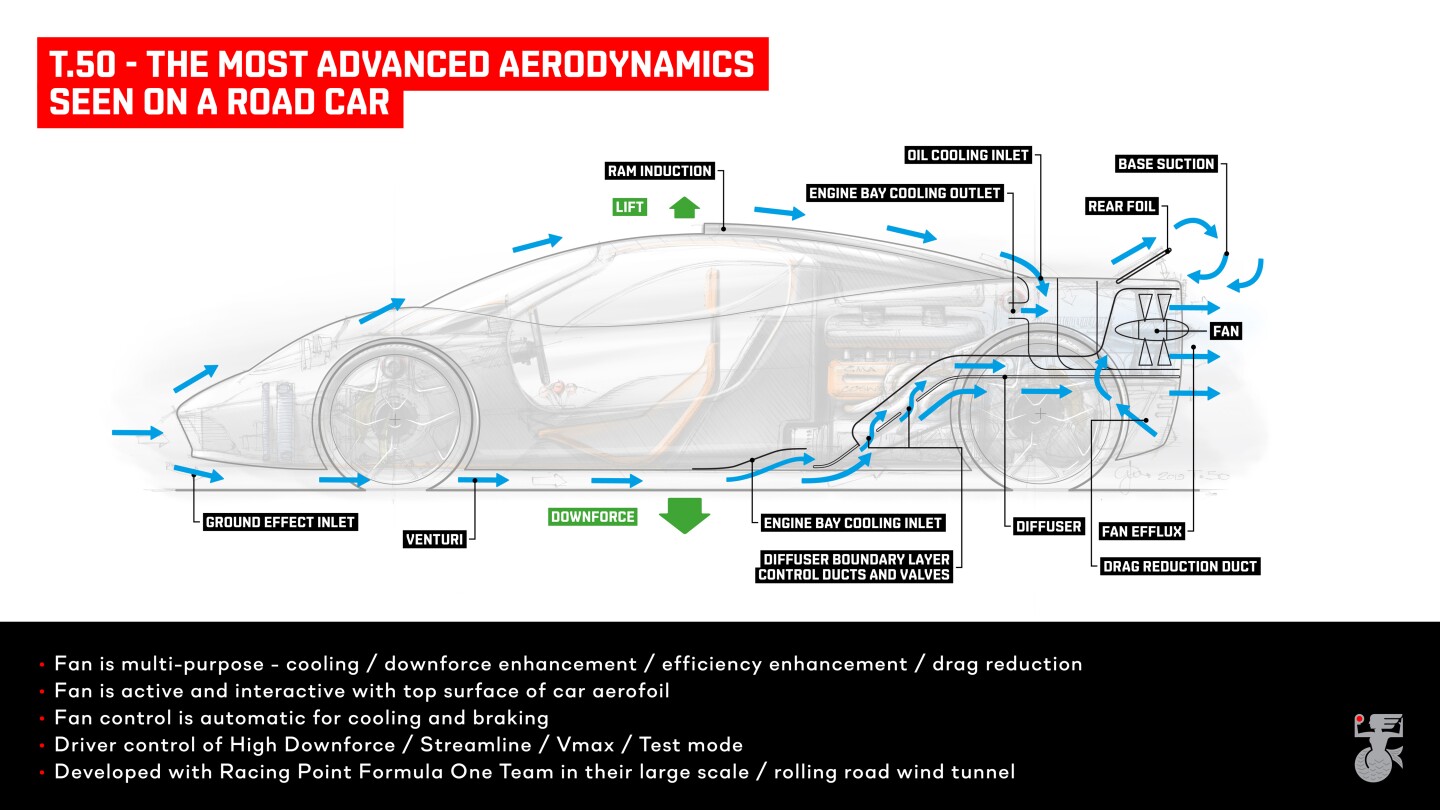Just like my air scrambler road rammer from the 1980’s? Let me guess reference is Wikipedia? If you believe that I have an orange bridge for sale in a prime location.
Do you have any idea the amount of pressure that would require to have any meaningful boost? Also air due to its high oxygen content wouldn’t work. Possibly could use Nitrogen but still the energy to compress it and amount of pressure would be astronomical, bio jet fuel would be a better option. And for all you non-Gullible non-millennials here you go, good luck getting the jingle out of your head.
View attachment 487138
What does oxygen content have to do with anything? We aren’t talking about combustion, just pressure and movement.
You don’t need much pressure - 30 psi gauge is enough to push air to sonic velocity at the choke point. You do need a lot of volume and a suitable nozzle design.




